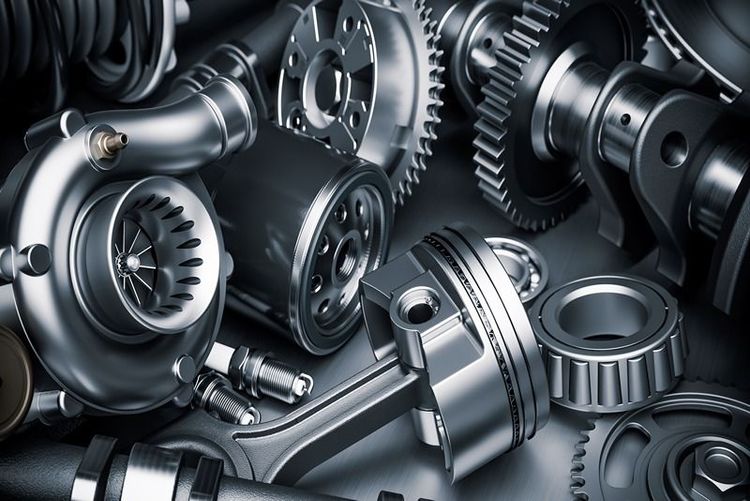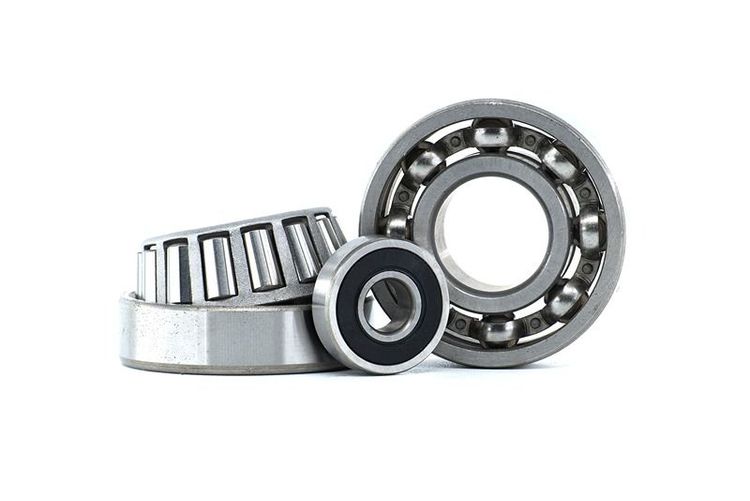Sourcing steel for auto parts is critical for micro, small, and medium enterprises (MSMEs). The mechanical properties, metallurgical composition, and production consistency of the steel directly influence the performance, safety, and durability of auto components. Ensuring consistent quality requires a technical approach involving material selection, supplier evaluation, and compliance with industry standards.
Key material properties for auto parts
Steel used in auto parts must meet specific mechanical and metallurgical criteria to withstand operational stresses:
Tensile strength (MPa): the maximum stress steel can endure tension before failure. Key for components like suspension and chassis parts.
Yield strength (MPa): the stress at which steel starts deforming plastically. Higher yield strength is essential for structural integrity.
Ductility (percentage elongation): indicates the steel's ability to stretch under stress, crucial for forming complex geometries.
Corrosion resistance: ensures longevity when exposed to moisture, salts, or chemicals.
Weldability: allows secure and robust joining of parts, critical for assemblies.
Fatigue resistance: ensures durability under cyclic loads, such as those experienced by springs and axles.
Selecting the right steel grades
The choice of steel grade impacts component performance and manufacturing efficiency. Common grades include:
High-strength low-alloy (HSLA) steel:
Yield strength: 250–550 MPa.
Application: frames, reinforcements, and crash-absorbing structures.
Advanced high-strength steel (AHSS):
Dual-phase (DP) and transformation-induced plasticity (TRIP) steels.
Yield strength: up to 1200 MPa.
Application: safety-critical parts like door beams and roof structures.
Galvanised steel:
Coated with zinc for enhanced corrosion resistance.
Application: body panels and underbody components.
Stainless steel:
Grades: 304, 316 for high corrosion and temperature resistance.
Application: exhaust systems and high-heat zones.






 +91 7208055523
+91 7208055523
 Help & support
Help & support
